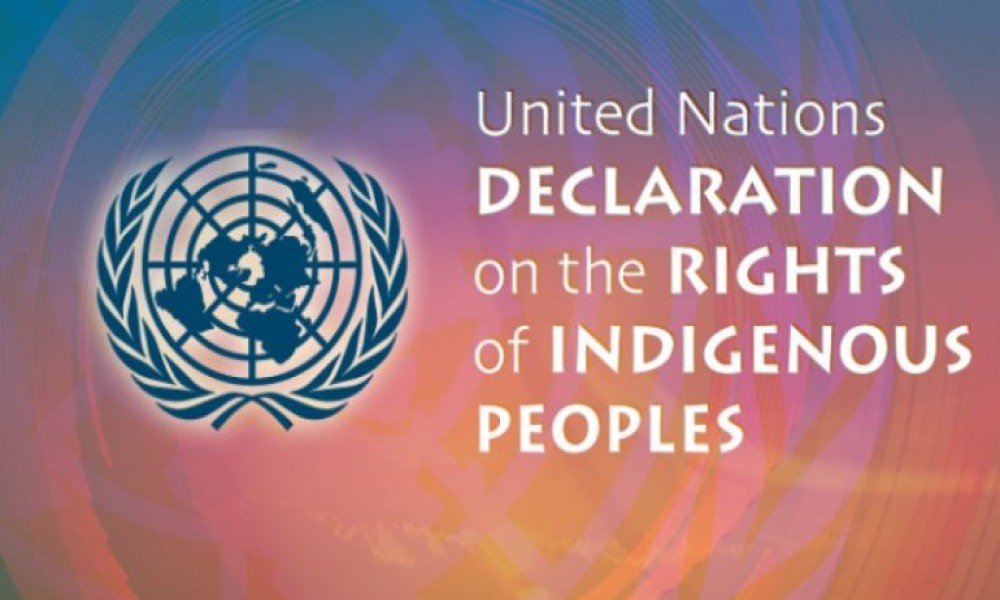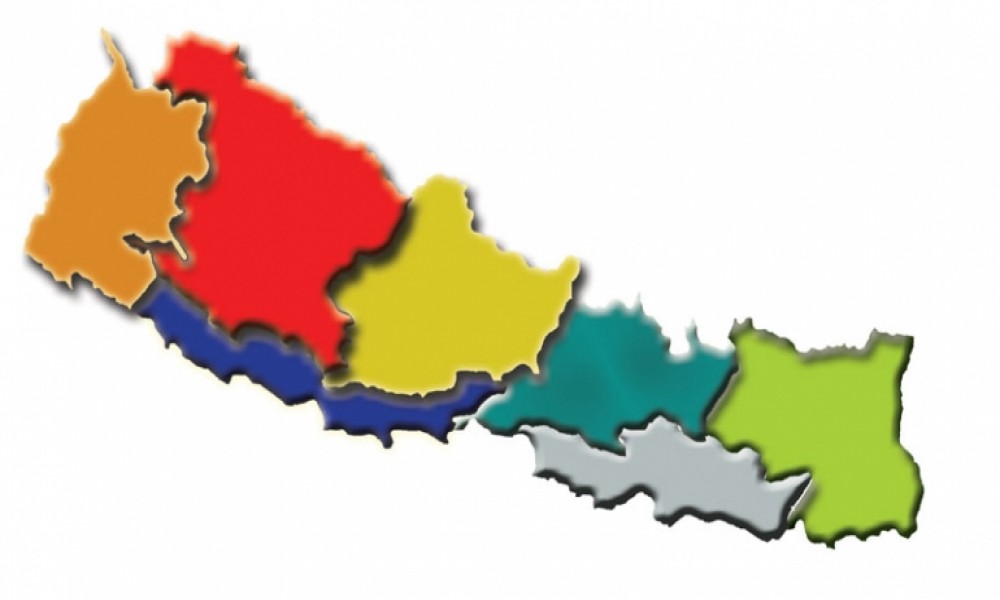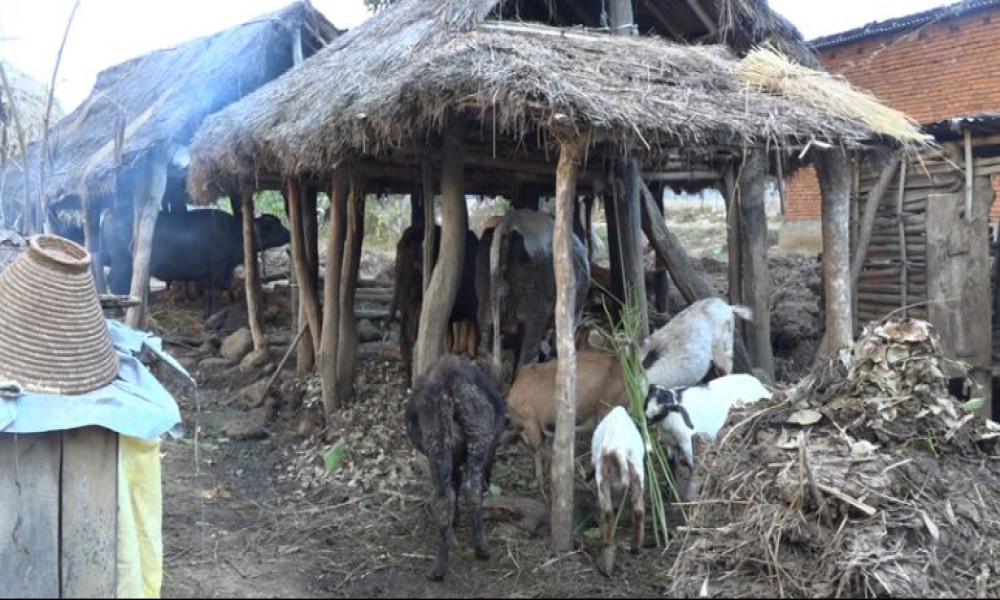September 13 this year marked the twelve years since the United Nations General Assembly adopted the UN Declaration on the Rights of Indigenous Peoples (UNDRIP). The day is remembered as ‘an international human rights day for the global Indigenous Peoples.
In a historic voting held on September 13, 2007, Nepal along with other 143 countries voted ‘yes’ for the Declaration, 11 abstained, and only four countries namely Australia, Canada, New Zealand, and the United States, had voted against it. Since 2007, all four countries, including the United States, have reversed their positions and now officially endorse the Declaration.
The UNDRIP is the most comprehensive international instrument on the rights of Indigenous Peoples. More importantly, the declaration holds distinction of being the only declaration in the UN which was drafted with the rights-holders, themselves, the indigenous peoples.
It establishes a universal framework of minimum standards for the survival, dignity and well-being of the Indigenous Peoples of the world. Similarly, the Declaration also elaborates on the existing human Rights standards and fundamental freedoms as they apply to Indigenous Peoples.
The declaration is the outcome of 25 years of hard negotiations. It is significant to indigenous peoples, because they also actively took part in crafting of the declaration. UNDRIP contains 46 Articles which protect range of rights including collective rights and individual rights of Indigenous Peoples in relation to self-government, land, education, employment, health and other areas. Therefore, why, the UNDRIP is regarded to be the most comprehensive international instrument dealing with indigenous peoples’ rights. It does not create new or special rights for indigenous peoples, but is a reflection of universal human rights as they pertain to indigenous peoples.
UNDRIP contains 46 Articles which protect range of rights including collective rights and individual rights of Indigenous Peoples in relation to self-government, land, education, employment, health and other areas.
The Declaration also requires countries to consult with Indigenous Peoples with the goal of obtaining their consent on matters which concern them. While several countries have made steps towards aligning their policies with the standards enshrined in the Declaration, however, an implementation gap remains.
Though Nepal voted ‘yes’ to the UNDRIP back in 2007, there is still the need of a comprehensive program of law and policy reforms in line with UNDRIP. New Constitution was promulgated in 2015, however the constitution has failed to incorporate many rights of indigenous peoples.
History of UNDRIP
The efforts to draft declaration for the protection of the rights of indigenous peoples worldwide, date back to over two-and-half decade. Based on the recommendation of Jose R. Martinez Cobo, special rapporteur appointed to study on ‘the problem of discrimination faced by indigenous peoples, in 1982, the Economic and Social Council (ECOSOC) established the Working Group on Indigenous Populations with the mandate to develop a set of minimum standard that would protect indigenous peoples.
After about a decade long efforts, working group submitted a first draft declaration on the rights of indigenous peoples, which was approved in 1994 and sent for consideration to the then UN Commission on Human Rights before submitting to UN General Assembly. But many states expressed their concerns with regards to some of the core provisions of the draft declaration, namely on indigenous peoples’ right to self-determination, their right to control over natural resources existing on their traditional land and territories and so forth. Then the working group re-opened deliberations and discussions based on its draft declaration from 1995 to 2005.
Finally UN General Assembly on 13 September 2007, the Declaration on the rights of Indigenous Peoples was adopted by a majority voting. Today the declaration has been endorsed universally.
In 2006, then UN Commission on Human Rights was replaced by UN Human Rights Council, which finally approved the draft declaration on the rights of indigenous peoples. On the same year on 28 December 2006, the Committee of the General Assembly on Social, Humanitarian and Culture adopted a draft declaration and finally UN General Assembly on 13 September 2007, the Declaration on the rights of Indigenous Peoples was adopted by a majority voting. Today the declaration has been endorsed universally.
UNDRIP Today
The UNDRIP today has become the major foundation and reference for all international organizations working in the sector of indigenous peoples, particularly UN Permanent Forum on Indigenous Issues (UNPFII), Expert Mechanism on the Rights of Indigenous Peoples (EMRIP), UN Special Rapporteur on the Rights of Indigenous Peoples to advise UN member states, UN agencies, programs and funds on indigenous peoples’ human rights and development.
UNDRIP is also a key instrument and a tool for raising awareness on the rights of indigenous peoples, monitoring the progress of indigenous peoples’ situations and also on the realization of their rights.
The declaration sets the minimum international standards for the protection and promotion of the rights of indigenous peoples, therefore, existing and future laws, policies, and programs on indigenous peoples need to be redesigned, and shaped to be consistent with this declaration.









